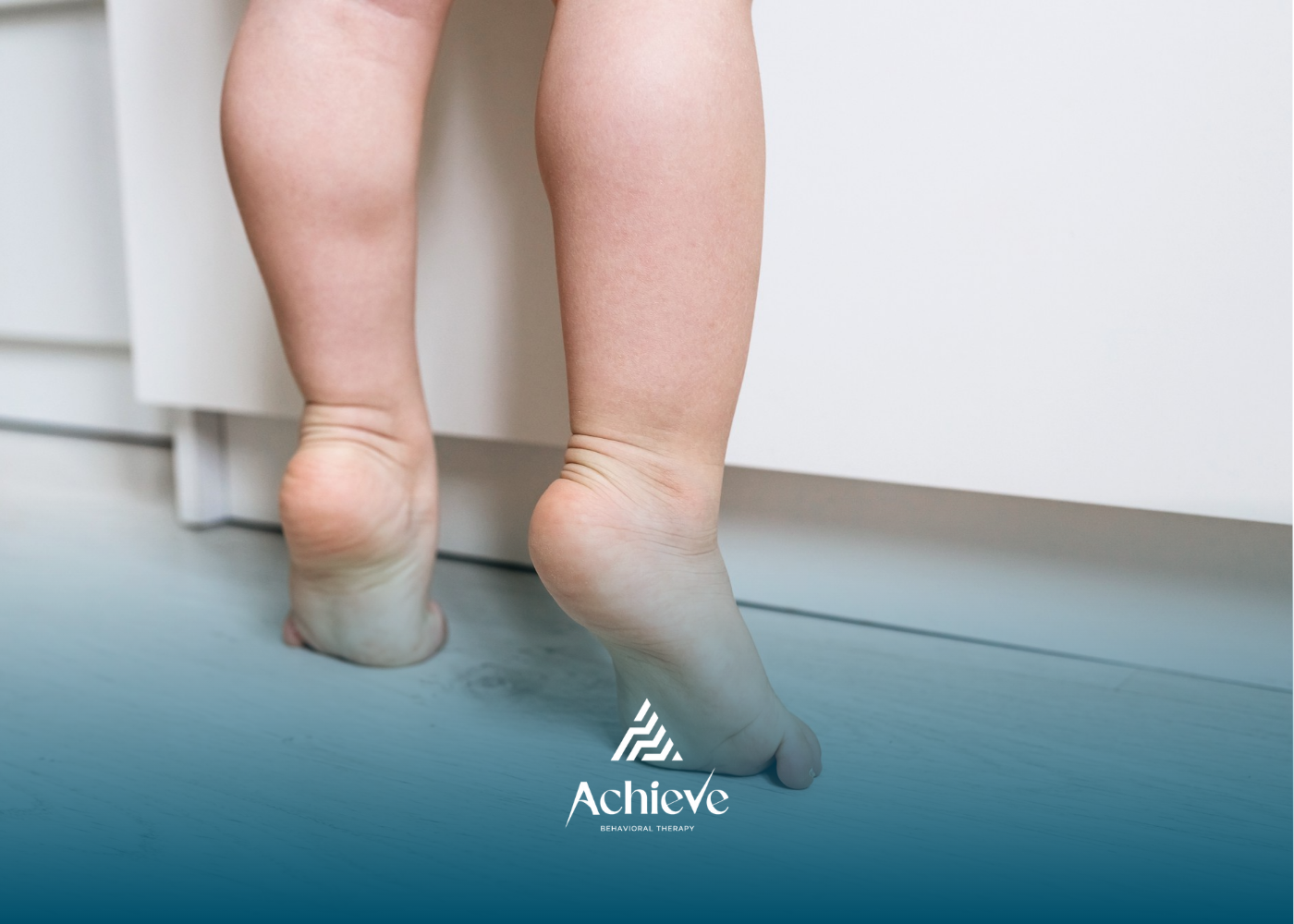What Is a BCBA? Understanding Their Vital Contributions

BCBA Overview
Many families and educators often wonder what a BCBA is and how these professionals support individuals with autism spectrum disorder and related conditions. A Board Certified Behavior Analyst (BCBA) holds a graduate-level credential in behavior analysis, enabling independent practice, supervision of registered behavior technicians (RBTs) and Board Certified assistant Behavior Analysts (BCaBAs), and the design of research-based interventions. The certification reflects rigorous training, ethical standards, and an ongoing commitment to professional growth.
Definition
A BCBA certification indicates mastery of applied behavior analysis (ABA) principles and methods. Candidates must complete an accredited master’s or doctoral program with specified coursework in areas such as learning theory, experimental design, and ethics. After fulfilling supervised fieldwork hours, they pass a comprehensive exam administered by the Behavior Analyst Certification Board (BACB).
Role in Behavior Analysis
These practitioners assess behavior through data collection and functional analyses, identify variables influencing actions, and craft targeted intervention plans. They collaborate with caregivers, educators, and multidisciplinary teams to implement strategies that promote skill acquisition and reduce challenging behaviors. Over time, BCBAs adjust programs based on ongoing data to maximize client progress.
Certification Requirements
Becoming a Board Certified Behavior Analyst involves several key steps. The pathway includes education, supervised experience, and a national examination.
Educational Path
Applicants must earn a graduate degree in behavior analysis, psychology, or a related field from a BACB-approved institution. Typical programs include:
- Coursework in experimental analysis of behavior, measurement, and intervention design
- Classes in ethics, supervision, and professional conduct
Completing an ABAI-accredited doctoral program qualifies under Option A of the BCBA-D designation, while other accredited doctoral programs fit Options B and C.
Supervised Fieldwork
Candidates accumulate 1,500 to 2,000 hours of supervised independent fieldwork. This experience may include:
- Direct implementation of behavior-analytic services
- Designing and monitoring intervention plans
- Collaborating with families, teachers, or organizational clients
Supervision must adhere to BACB requirements, ensuring trainees receive feedback and oversight.
BCBA Examination
After meeting education and fieldwork prerequisites, candidates schedule the four-hour BACB exam. The test covers foundational knowledge, ethical codes, assessment methods, and behavior-change strategies. Passing this exam grants the BCBA credential, which is internationally recognized and prerequisite for higher-level positions in the field.
Practice Settings
Board Certified Behavior Analysts work across diverse environments. Their training equips them to adapt interventions to each setting’s unique demands.
Clinical and Mental Health
In mental health centers, they address behavioral challenges in adults and children. BCBAs may:
- Conduct one-on-one therapy for mood or anxiety disorders
- Collaborate with psychiatrists and social workers
- Analyze patient data to refine treatment plans
Schools and Educational Settings
Many BCBAs serve as ABA specialists in public and private schools. Their roles include:
- Assisting students with autism in resource or self-contained classrooms
- Coaching teachers and support staff on behavior management
- Monitoring progress toward academic and social goals
Home and Community
Natural Environment Teaching (NET) offers skill-building in familiar settings. In homes or community sites, BCBAs:
- Observe behaviors where they occur naturally
- Develop Behavior Intervention Plans (BIPs) tailored to daily routines
- Train caregivers to implement interventions consistently
NET encourages rapid skill generalization and real-world application.
Organizational Behavior Management
Some behavior analysts branch into organizational settings to enhance employee performance and safety. They may:
- Analyze workflows to reduce errors
- Train staff on new protocols
- Measure outcomes such as productivity gains and fewer workplace accidents
Telehealth Platforms
Telehealth expands access to BCBA services, especially in rural areas. Through secure video sessions, analysts can:
- Guide caregivers in real time
- Monitor data collection remotely
- Adjust plans based on virtual observations
Core Responsibilities
Across settings, BCBAs perform a consistent set of professional functions.
Conduct Assessments
Analysts use tools such as functional behavior assessments (FBAs) to:
- Identify triggers, consequences, and environmental factors
- Determine the purpose of challenging behaviors
- Establish baselines for target skills
Accurate assessments guide precise intervention design.
Develop Treatment Plans
Based on assessment data, BCBAs create individualized plans. These programs outline:
- Measurable goals for communication, social skills, or adaptive behaviors
- Evidence-based teaching procedures, such as discrete trial training or pivotal response treatment
- Criteria for fading prompts and generalizing skills
Supervise Interventions
BCBAs oversee the work of RBTs, BCaBAs, and other team members. Supervision duties include:
- Providing feedback on session reports
- Ensuring fidelity to treatment protocols
- Modeling techniques during live or video-taped sessions
Data Analysis
Daily data collection enables behavior analysts to:
- Track progress toward objectives
- Identify trends, plateaus, or regressions
- Modify procedures or goals based on quantifiable evidence
Data-driven decision making lies at the heart of ABA.
Advanced Designation Process
BCBAs with doctoral or postdoctoral training may pursue the BCBA-D designation. Although not a separate certification, it acknowledges advanced academic credentials.
BCBA-D Criteria
To apply, candidates need:
- Completion of an ABAI-accredited doctoral program (Option A) or a qualifying program under Options B or C
- All standard BCBA maintenance requirements as defined in the BCBA Handbook
Application Steps and Fee
The application involves:
Incomplete applications expire after 90 days, so analysts should gather materials in advance.
Maintaining Certification
Beyond initial credentialing, BCBAs must engage in ongoing professional development and uphold ethical standards.
Continuing Education Units (CEUs)
Every two years, analysts earn at least 32 CEUs, including specific hours in ethics and supervision practices. These units help practitioners remain current with:
- Advances in intervention techniques
- Emerging research on behavior analysis
- Updates to professional guidelines
Ethical Standards
The BACB periodically updates its ethics code to reinforce client welfare and professional integrity. Failure to comply can result in:
- Disciplinary action
- Suspension or revocation of certification
Strict adherence to high ethical standards safeguards clients and preserves trust.
Benefits of BCBA Services
Engaging a BCBA offers advantages for families, individuals, and professionals alike.
For Families and Caregivers
Access to a qualified analyst means:
- Clear guidance on implementing interventions at home
- Support during transitions, such as school entry or community outings
- Reduced stress through structured behavior plans
For Individuals With ASD
Evidence-based ABA services can lead to:
- Improved communication and social interaction
- Decreased challenging behaviors that impede learning
- Enhanced independence in daily living skills
For Educators and Therapists
Collaborating with BCBAs provides:
- Professional development on behavior management strategies
- Data collection tools to monitor student progress
- Supervision and feedback for paraprofessionals and support staff
Selecting a BCBA
Choosing the right analyst involves several considerations to ensure a good fit and positive outcomes.
Key Considerations
Prospective clients should review:
- Credentials and state licensure, especially in New Jersey and North Carolina
- Experience working with similar age groups or diagnoses
- Data on client progress and success rates
Questions to Ask
When interviewing candidates, families and organizations might inquire about:
- Assessment methods and data-tracking systems
- Supervision ratio and frequency of feedback
- Collaboration style with team members and caregivers
- Continuing education practices and commitment to ethics
A transparent discussion helps align expectations and fosters trust.
Conclusion
Board Certified Behavior Analysts play a vital role in designing, implementing, and evaluating behavior-analytic services that improve the quality of life for individuals with autism and related conditions. Their rigorous training, adherence to ethical standards, and data-driven methods ensure interventions remain effective and responsive to changing needs. By understanding the certification process, professional functions, and avenues for selecting a qualified analyst, families and organizations can make informed decisions that lead to meaningful progress.
At Achieve Behavioral Therapy, our Board Certified Behavior Analysts (BCBAs) design and oversee individualized ABA treatment plans that help children with autism build communication, social, and daily living skills. Families can count on our BCBAs to ensure therapy is data-driven, ethical, and tailored to each child’s unique needs.
Contact us today to learn how our ABA programs in New Jersey and North Carolina, guided by expert BCBAs, can make a lasting difference for your child. Aspiring BCBA? Join our team here.
Frequently Asked Questions
What does a BCBA do in ABA therapy?
A BCBA assesses a child’s strengths and needs, develops a treatment plan, supervises RBTs delivering therapy, and adjusts strategies based on data to ensure consistent progress.
How is a BCBA different from an RBT?
A BCBA is a master’s-level clinician who creates and supervises treatment plans, while an RBT provides direct therapy under the BCBA’s guidance. Together, they form a team to support the child’s development.
Why is working with a BCBA important for my child?
BCBAs ensure that therapy remains ethical, effective, and personalized. Their expertise allows for ongoing adjustments to treatment so children achieve meaningful, lasting outcomes.
SOURCES:
https://www.bacb.com/bcba/
https://www.appliedbehavioranalysisprograms.com/faq/what-are-the-most-common-job-settings-for-a-behavior-analyst/
https://path4aba.org/knowledge-base/what-settings-do-bcbas-typically-work-in/
https://yourmissingpiece.com/blog/ceus-maintaining-bcba-certification/
https://www.psychology.org/resources/bcba-meaning-career-overview/
https://www.thechicagoschool.edu/insight/career-development/bcba-guide-bcba-certification-exam/
Need Support?
We're Here to Help!
Our experienced team is ready to assist you. Reach out today to discuss how we can support your child's development and well-being.
Get started with expert ABA therapy today.










